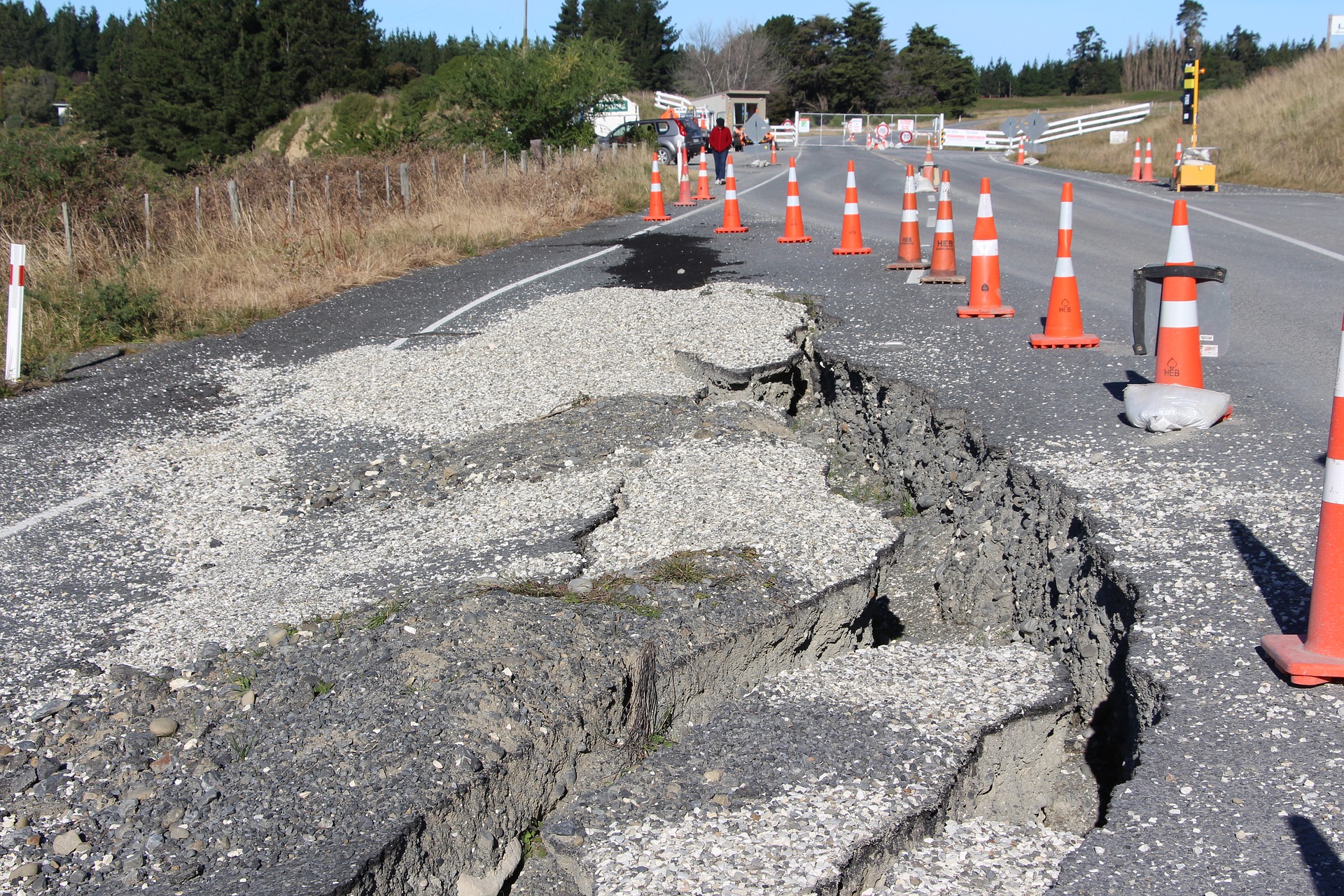
Images in this article show examples from Council’s Road management plan where restoration work would be triggered.
Council has undertaken a review of the current Road Management Plan (2017) and developed a revised plan, being the Road Management Plan (2022).
Amendments made to the Road Management Plan (2017) required appropriate notice be given under Regulation 10 of the Road Management (General) Regulations 2016 for community consultation purposes. The notice period was undertaken from Thursday 9 December 2021 and concluded on Friday 14 January 2022. Interested parties were invited to view the revised Plan either online or at Council offices and make submissions in writing. No submissions were received by Council.
Adoption of the Road Management Plan 2022 by Council will enable the publishing of a notice in the Government Gazette and local newspapers within the Shire, as required by the Road Management Act 2004 and its subsequent enaction of use. The Plan will also be made available to the general public via Council’s website.
The key updates in the revised plan relate to the routine inspection frequency and methodology, along with how Council manages identified defects on roads and road related assets. Council utilises a risk-based approach to the assessment and treatment of identified defects or public safety matters. Under the Road Management Plan 2022, Council officers will use numerous new methods to identify risks and failures within the road network rather than relying solely on periodic inspections. Any risks or failures identified will be assessed by experienced and knowledgeable staff in line with the risk matrix included in the Road Management Plan and repaired within the identified timelines to maintain services levels.








Service levels act as management targets that facilitate decision making at each stage of the asset lifecycle. Service levels define performance expectations and are formulated through an assessment and consideration of legislative requirements, organisational objectives, customer expectations and financial constraints.
The primary road management objective for Council is to ensure the provision of a safe and efficient road network for use by the community. As a well-established municipality, with only a small proportion of new road and road-related assets being planned, designed and constructed each year, Council has focused on documenting the detailed service levels for the Maintenance phase of the asset lifecycle. This phase represents the stage where Council is most exposed to risk. As a result, routine defect inspections and maintenance service levels are detailed in the Road Maintenance Management Plan (RMMP)
The inspection and maintenance service levels, define and describe the scope and frequency for Council’s routine inspection and maintenance activities as well as response times in any given scenario.
Routine defect inspections
The main roads between townships and heavy traffic areas within townships are inspected every 6 months whilst property access roads are generally 1 yearly but smaller sideroads with limited properties have a 2-year cycle for inspections.
Footpaths are inspected annually for commercial areas and high traffic roads whilst general footpaths are inspected every 3 years.
Maintenance service levels
Pavement/ Surface Defects (Sealed Roads)
Examples of defects that would lead to restoration work being carried out are shown here for some aspects of roads and footpaths.
There are other areas covered under this policy to deal with bridges, culverts, and drainage.
How do your local areas roads and footpaths compare?


You must be logged in to post a comment.